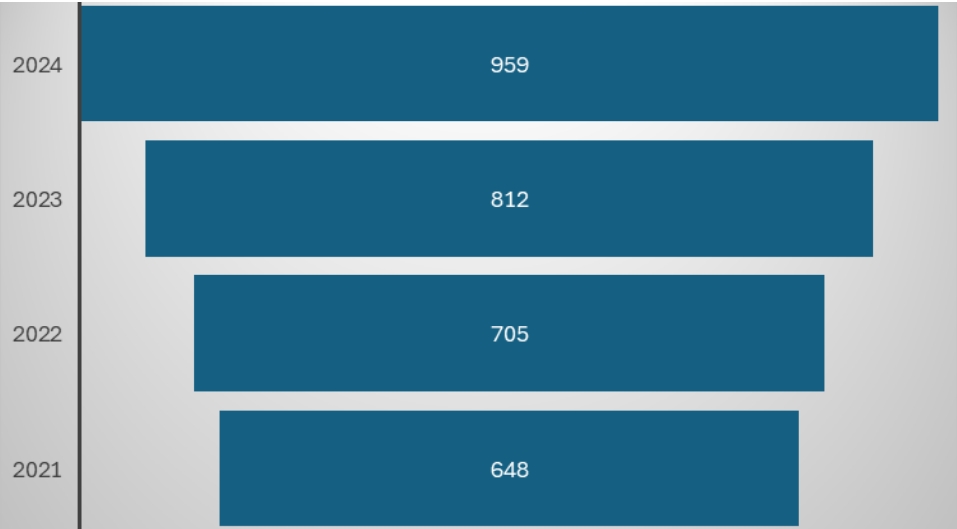Business Development
Intellectual Property
The OSR Business Development (BD) Unit has a strategic role in the identification and protection of the IP arising from the research activities. Through the competencies of its team the BD applies the most appropriate actions to preserve and protect the proprietary IP, such as: -scouting and evaluation of new invention/technologies and identification of the most appropriate measure to protect this IP (e.g. patents, designs, copyrights registration, trade secrete); -protection of confidential information through confidentiality agreements and of proprietary material through material transfer agreements; -regulating appropriate access rights to OSR's IP within collaboration/consortium agreements or sponsored research agreements or option/license agreements.
Patent portfolio (facts and figures)
At the date of 31 december 2024, the OSR's portfolio comprises 959 patents corresponding to 139 patent families. 521 patents (of 959) are valorized through option/license, sponsored research agreements and translational funding opportunities.
PATENT NUMBER

